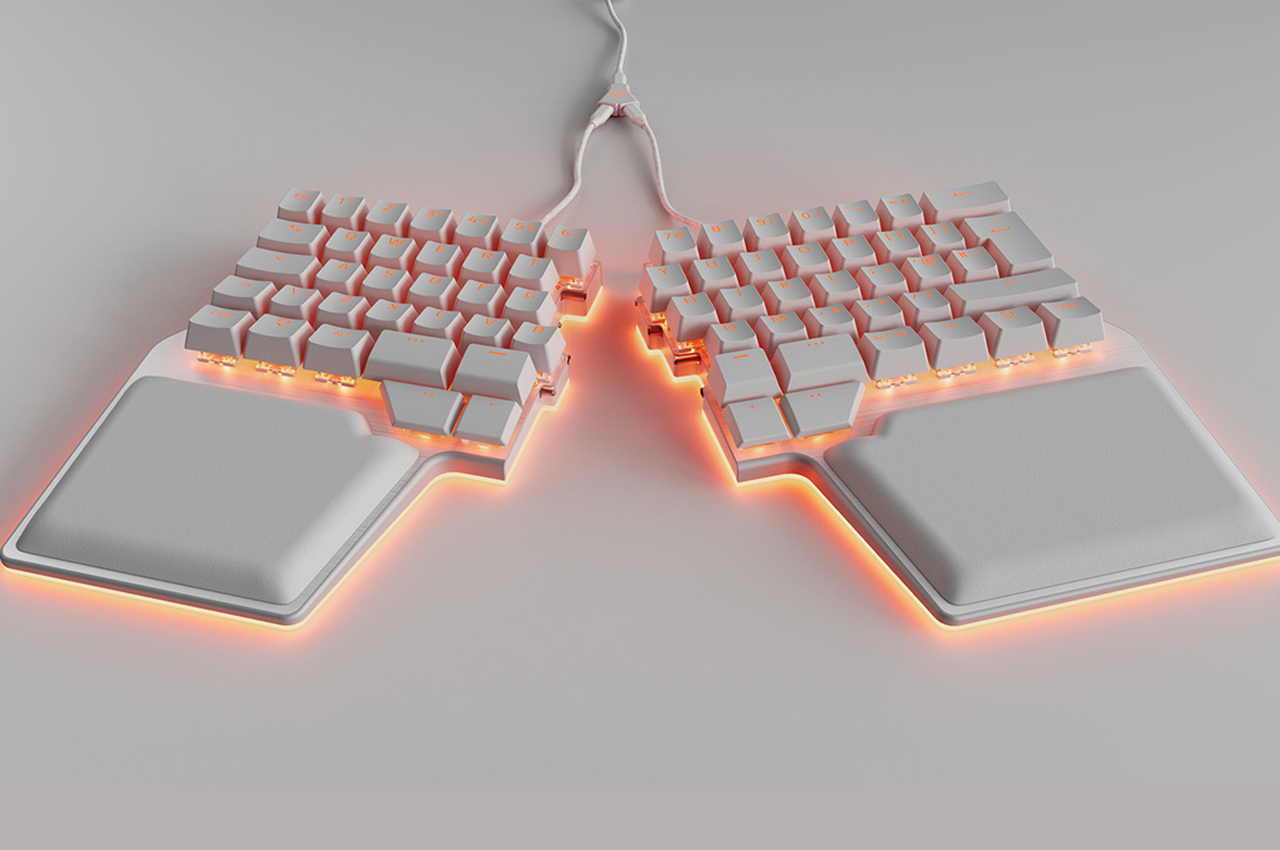
The Dygma Raise Keyboard is a customizable keyboard that splits into two halves to optimize ergonomics and streamline the workday.
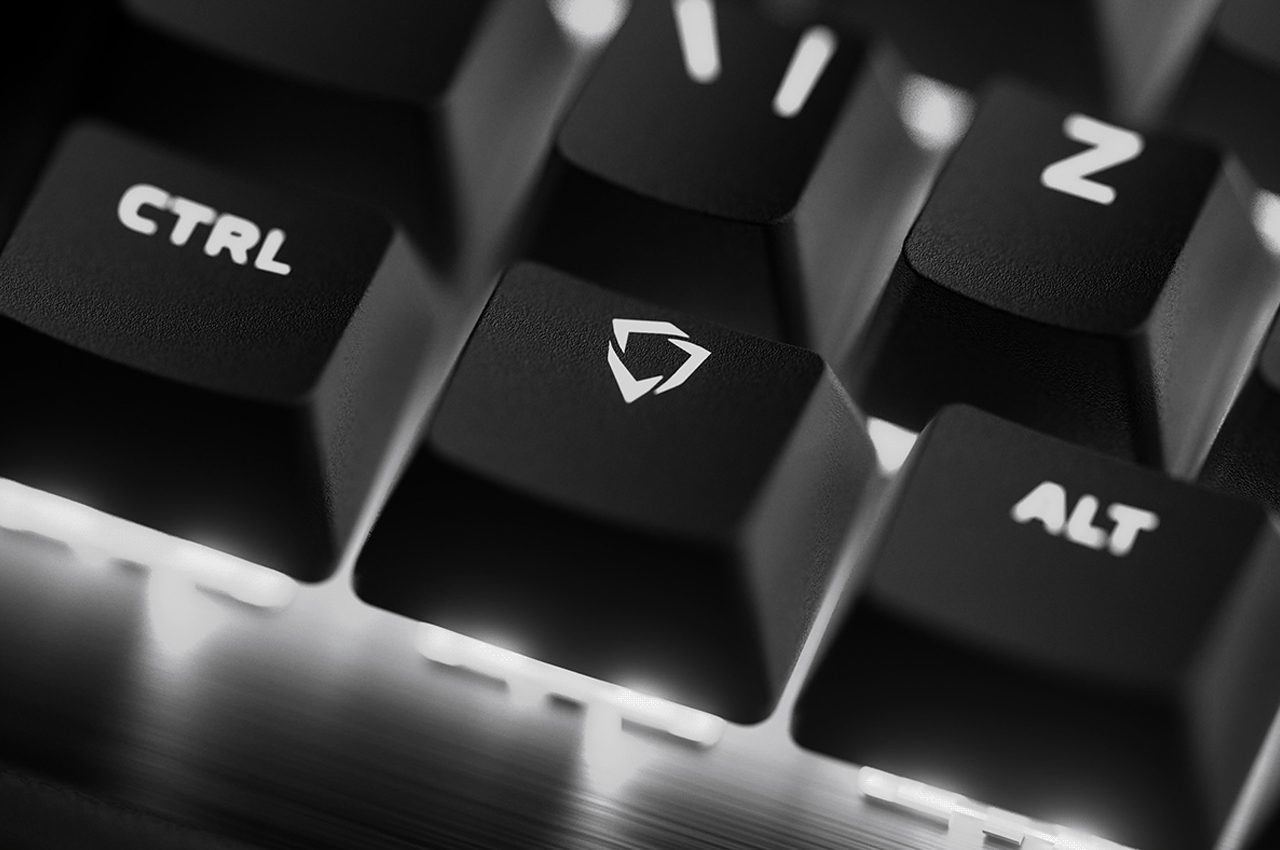
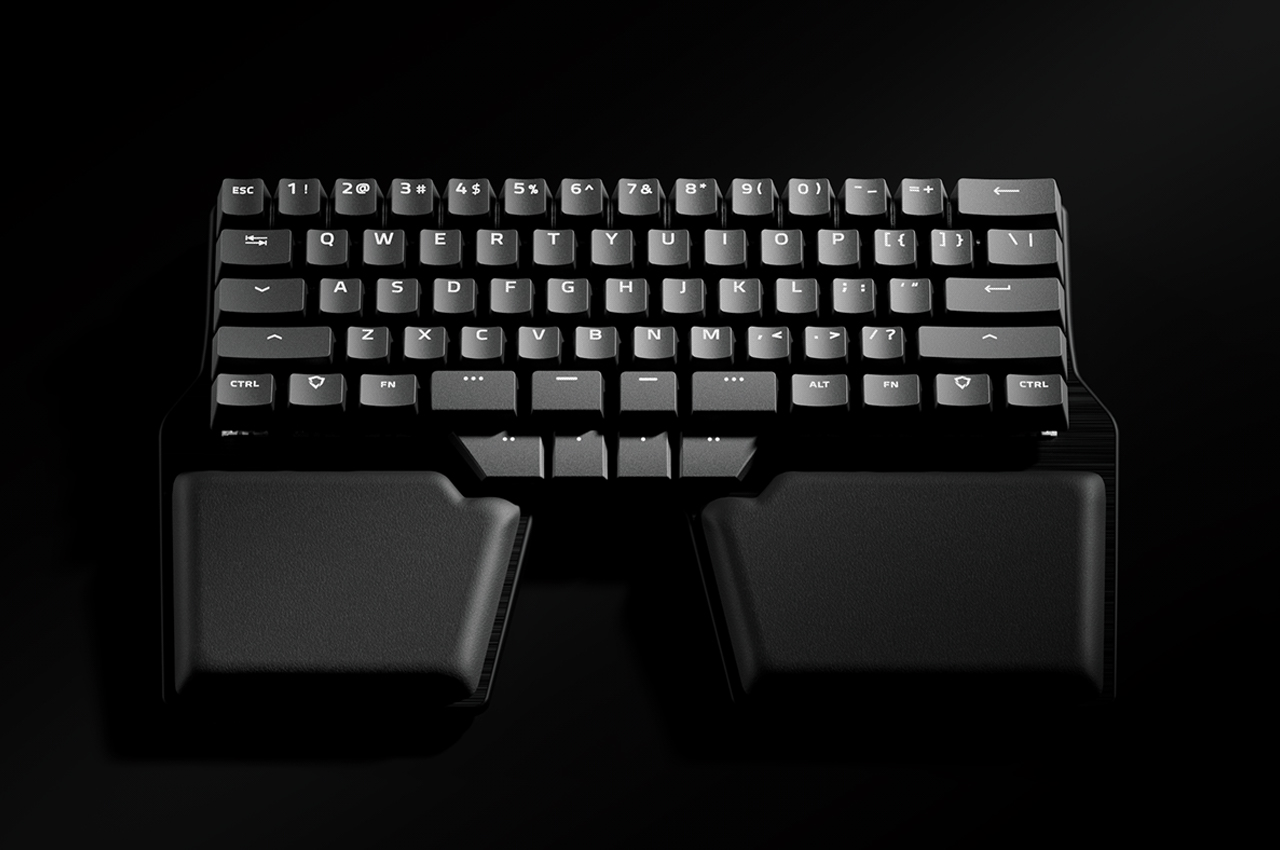
For all that computers do for us, their design has remained pretty constant. You have the conventional keyboard, the rectangular trackpad, and the flat screen. No matter what kind of work you do on your computer, its design language never changes. While consistency is always a plus when it comes to design, the layout of computers and their accessories could benefit from some customization to fit different needs and physical tendencies.
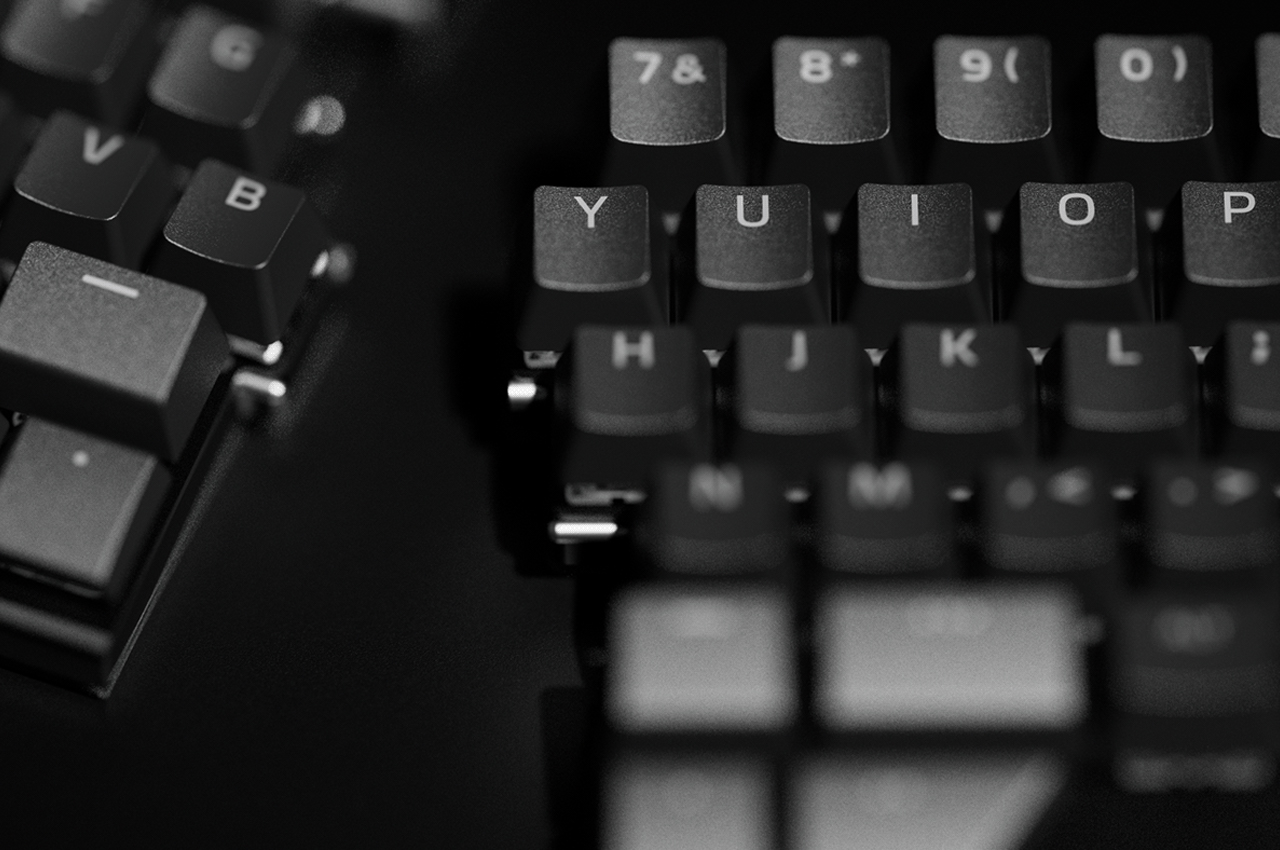
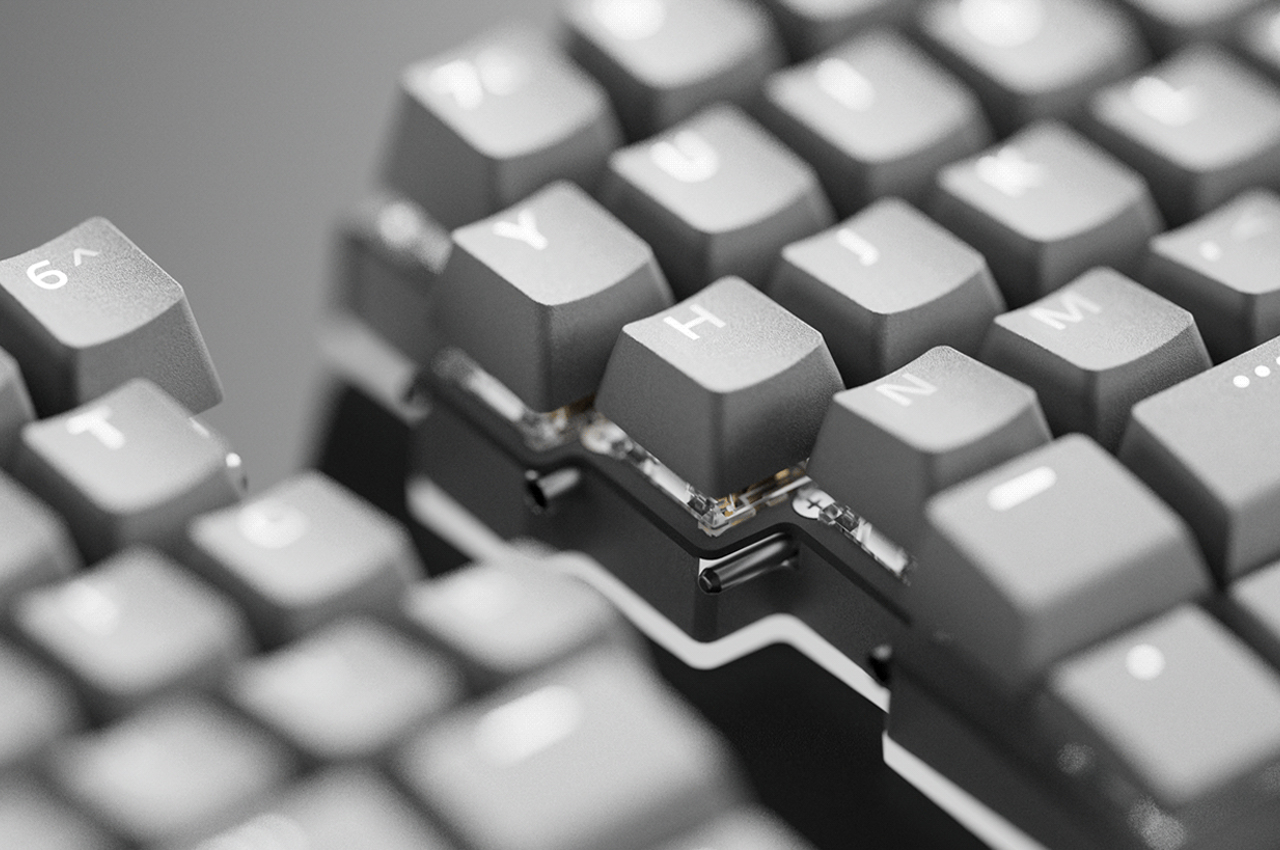
Dygma, an electronic brand set on creating a paradigm shift within the industry, collaborated with designers Alvaro Navarro and Julio Redondo to create Dygma Raise, an ergonomic, customizable keyboard that can split into two halves for the ultimate bespoke experience.
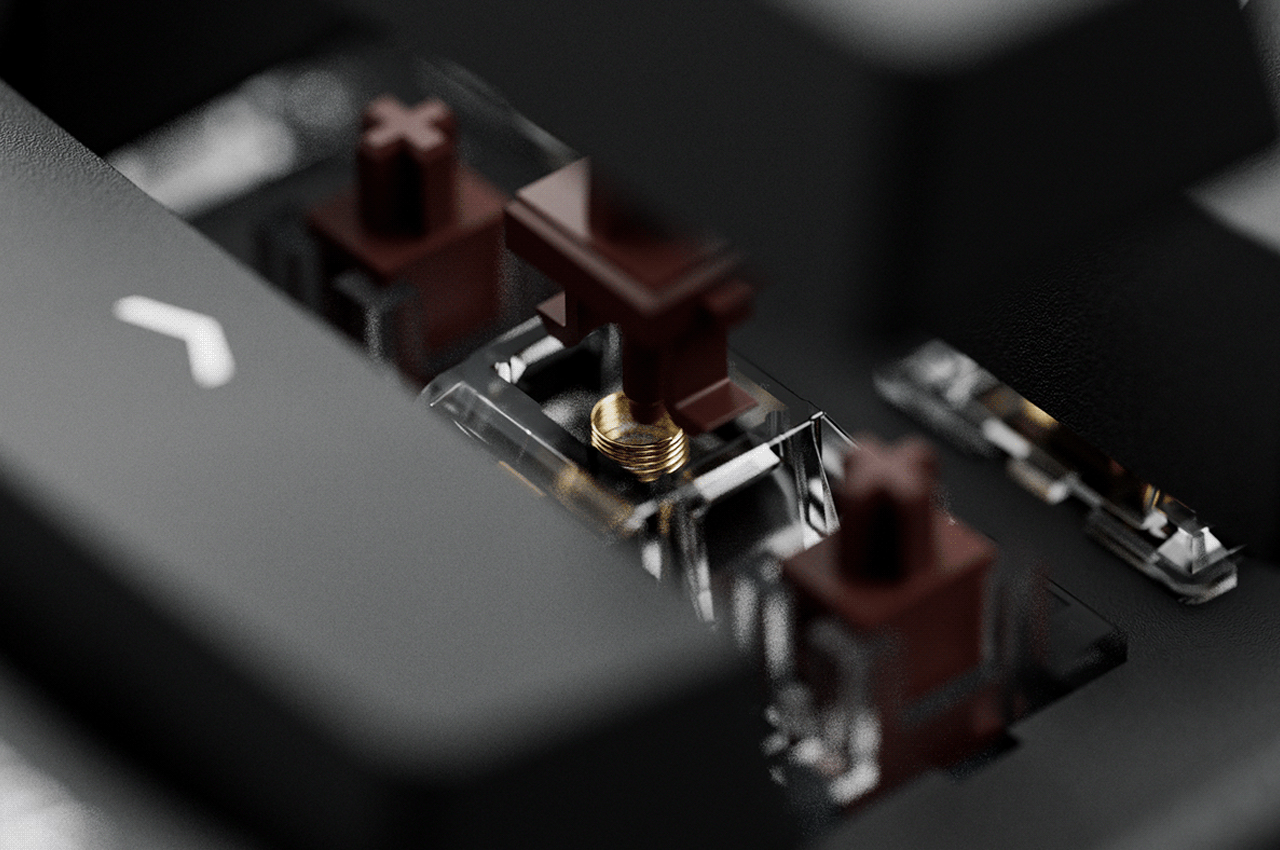
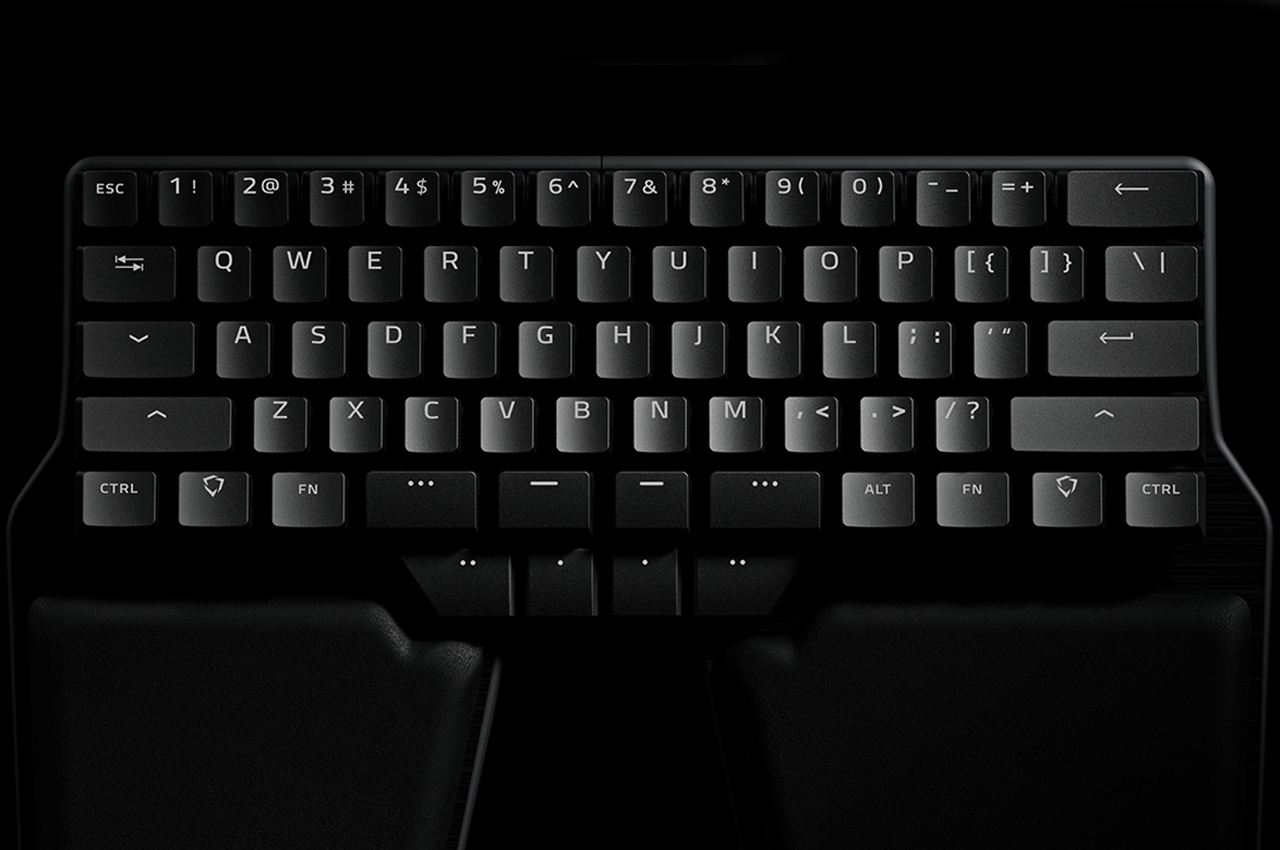
The Dygma Raise was initially conceived to streamline workflow and avoid unnecessary finger movements. To achieve this, the Dygma team, along with Navarro and Redondo, worked to create a keyboard whose keys can be lifted and switched with other keys for users to have a completely unique keyboard experience.
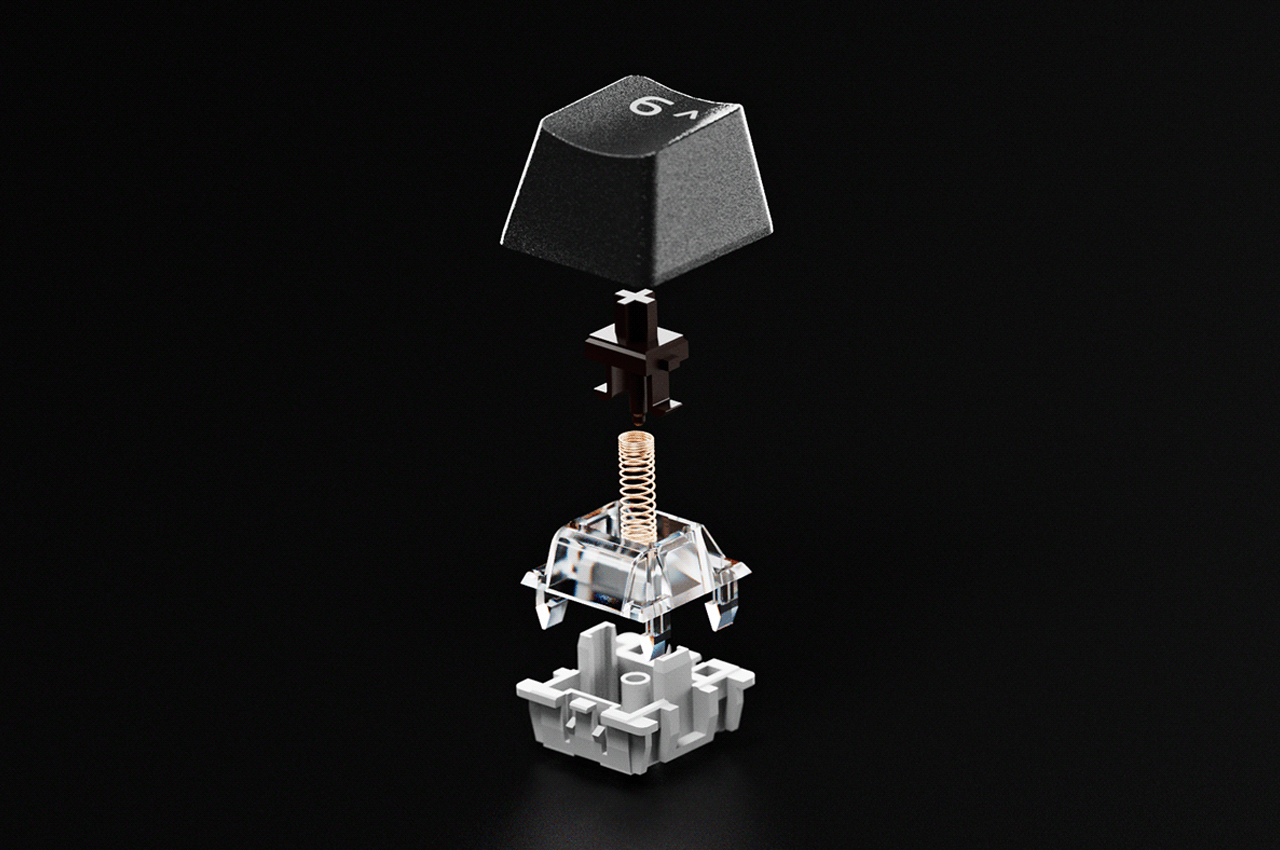
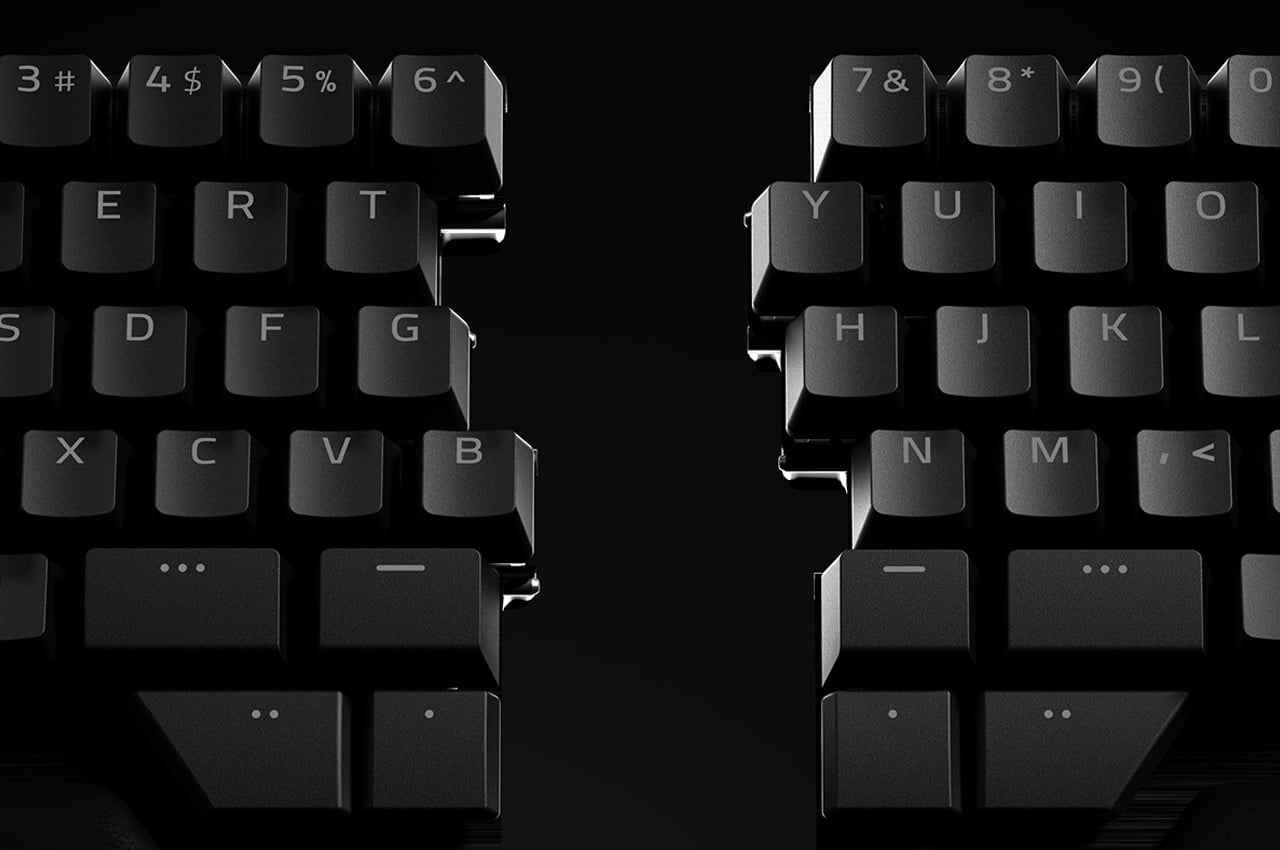
If you find yourself using the same keyboard shortcut throughout the workday, Dygma allows users to position those keys near each other to avoid unnatural finger positioning.
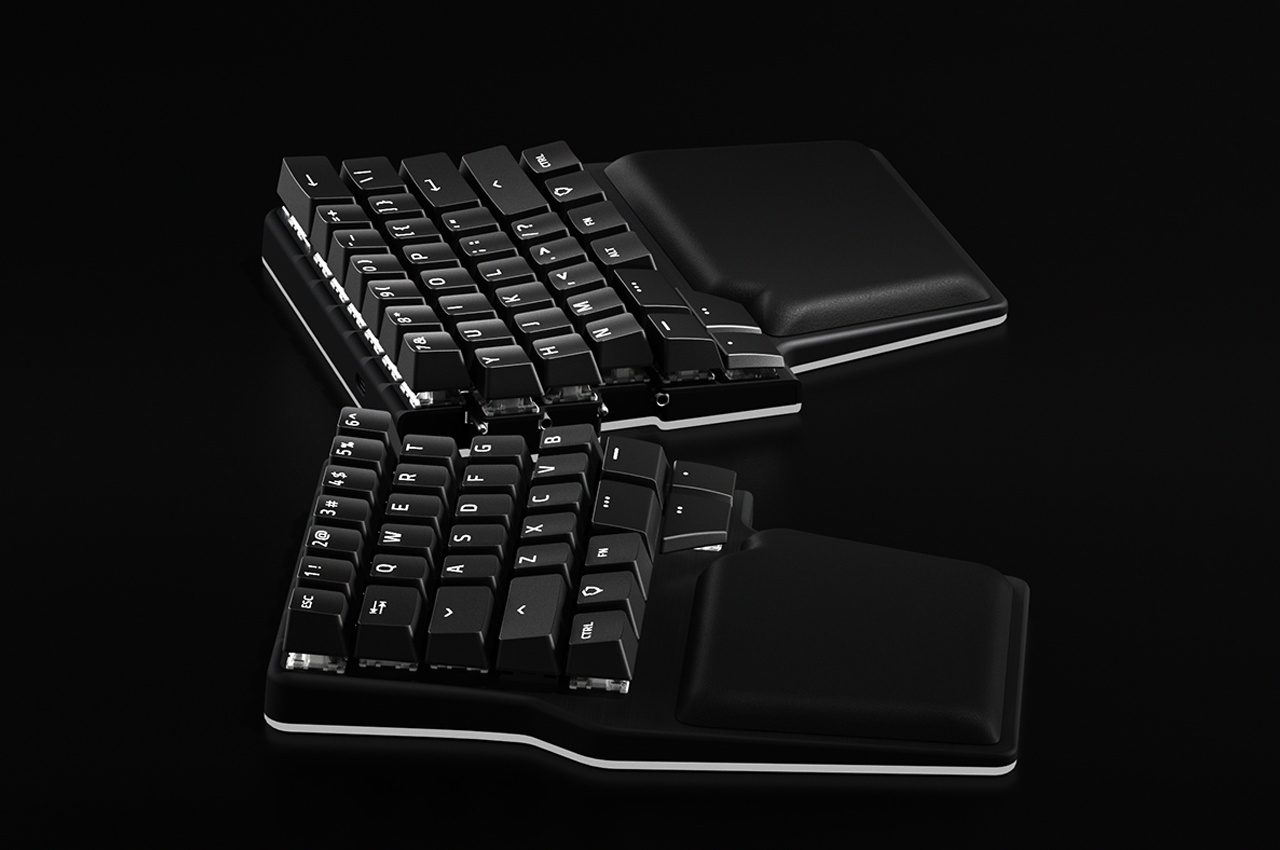
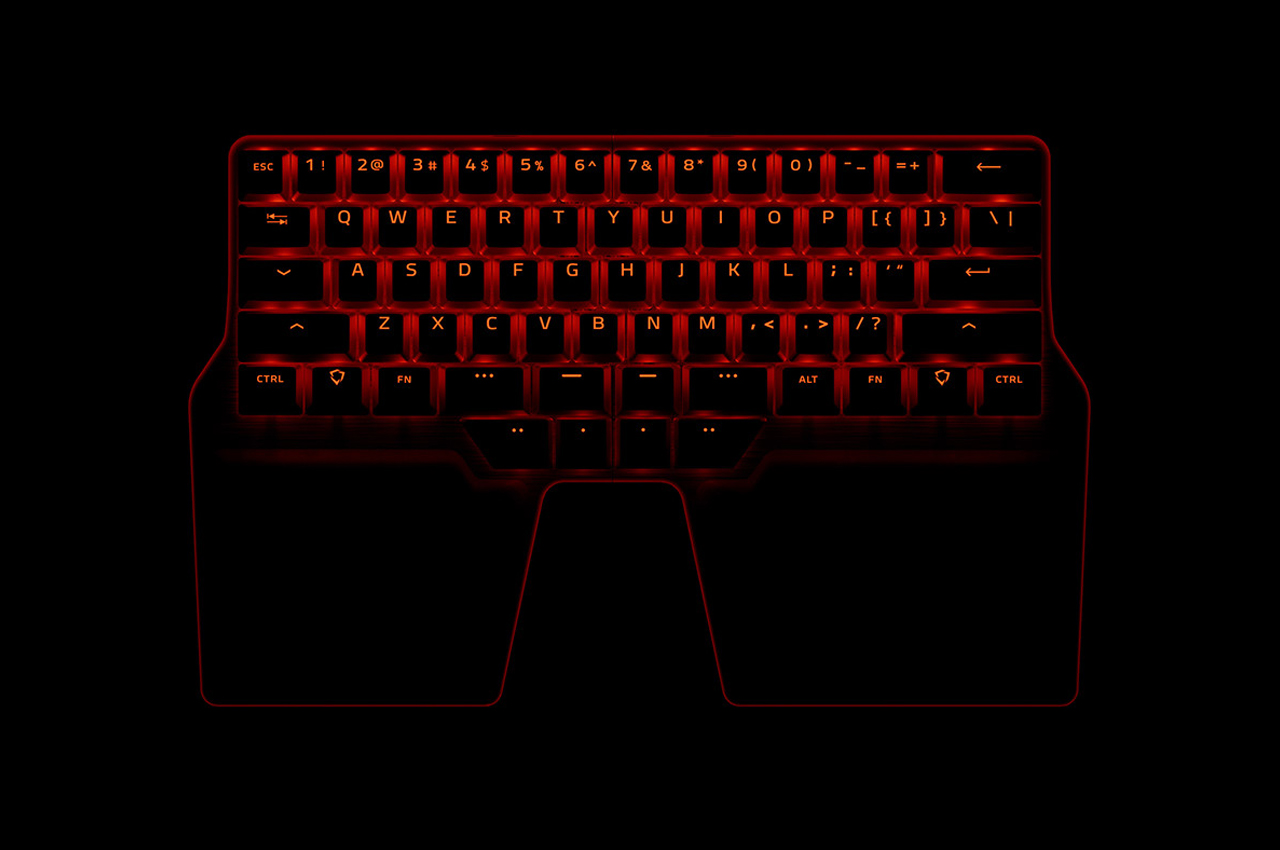
Exuding ergonomics by its very design, the switching of the keys isn’t the only appeal of the Dygma Raise Keyboard. Users can also split the keyboard in half so that their wrists, hands, and shoulders can rest in a healthy, upright position throughout the workday.
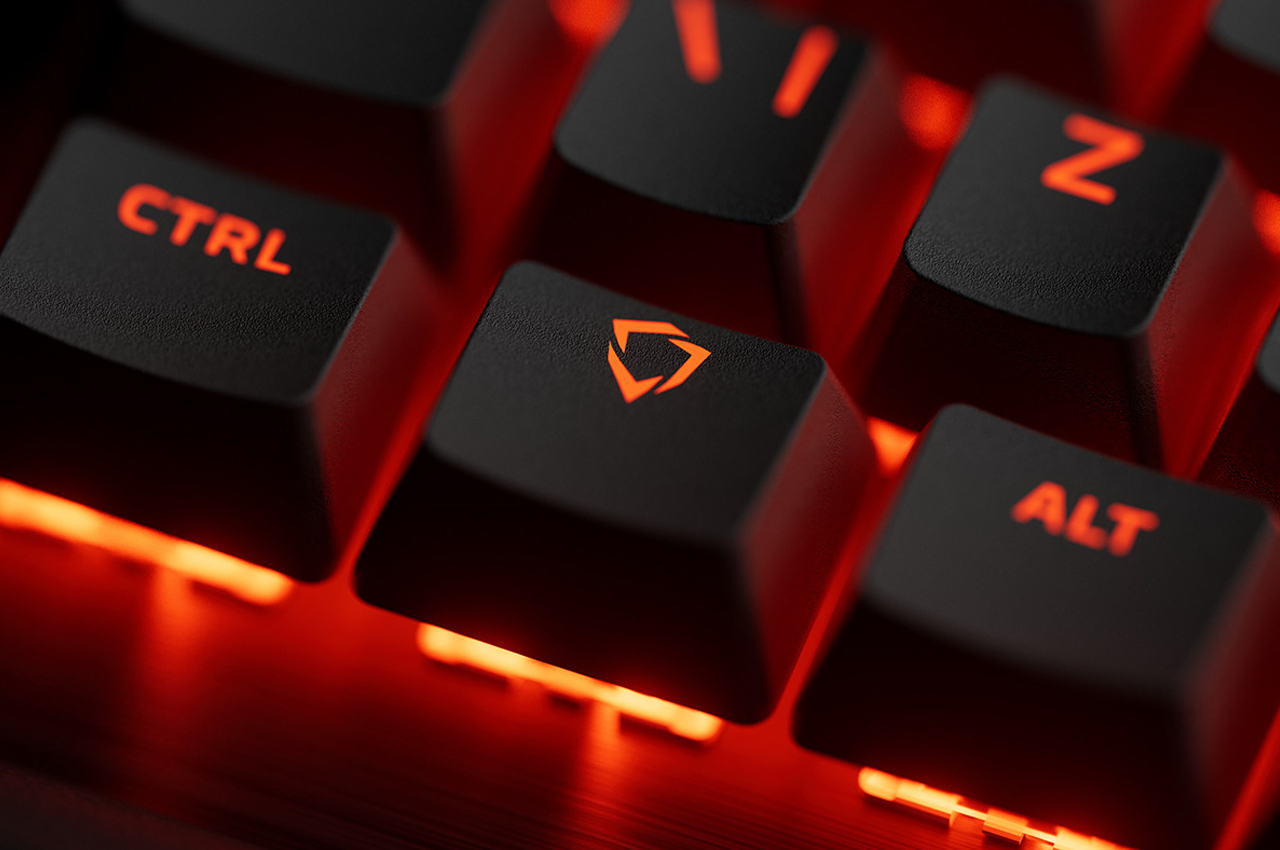
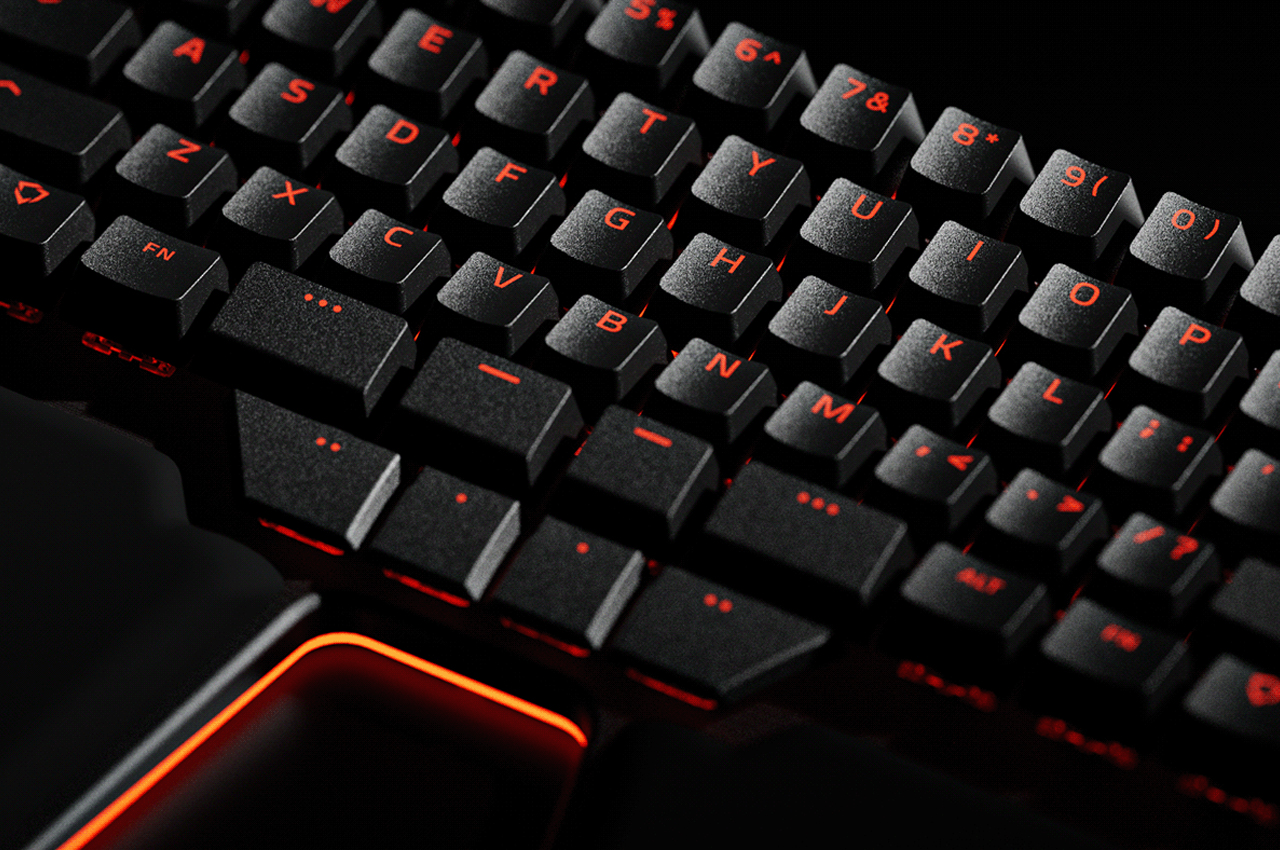
Constructed from a double-coated anodized aluminum body and overlaid with PBT double-shot keycaps, the Dygma Raise keyboard also comes with removable and washable palm pads for wrists to have a comfortable resting position.
Designers: Alvaro Navarro, Julio Redondo x Dygma
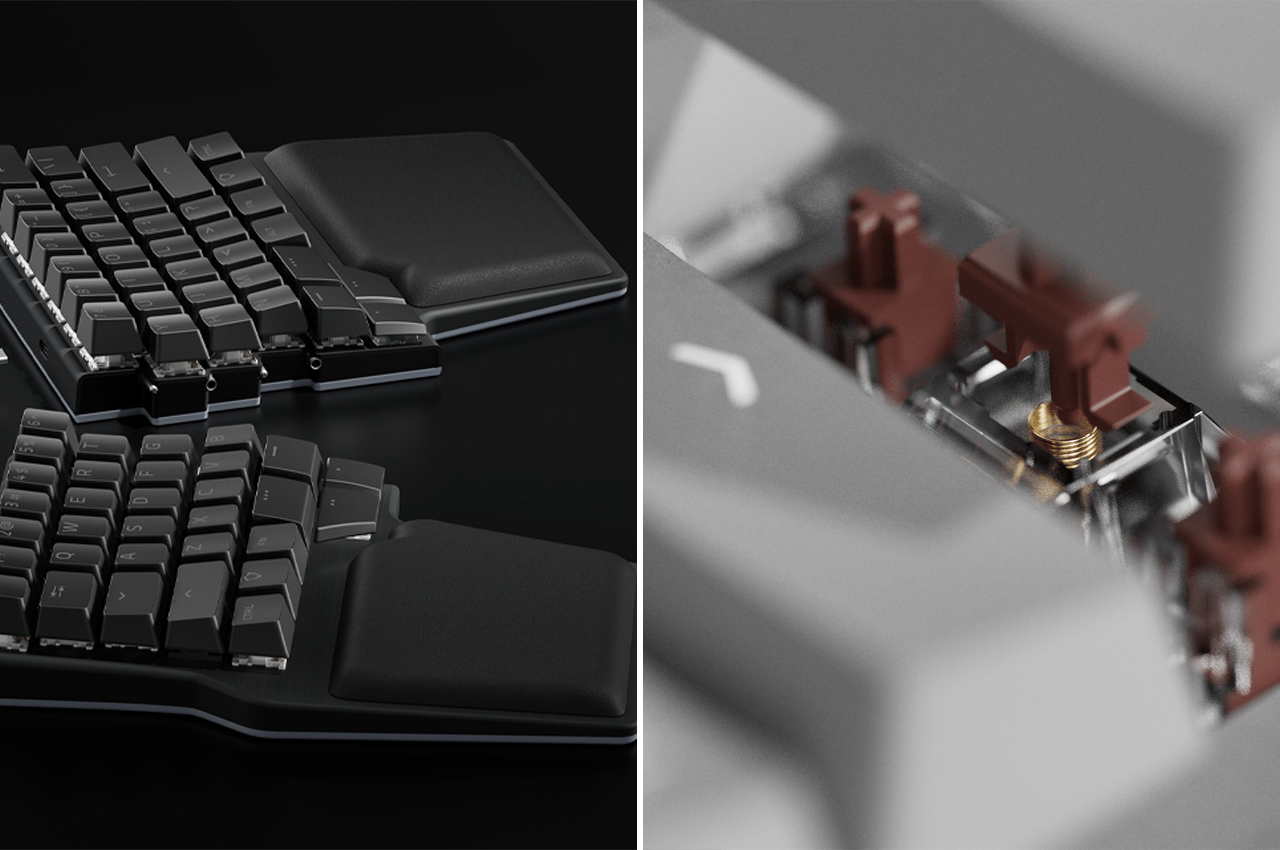
Users can easily switch each key’s placement just by removing them and placing them elsewhere.
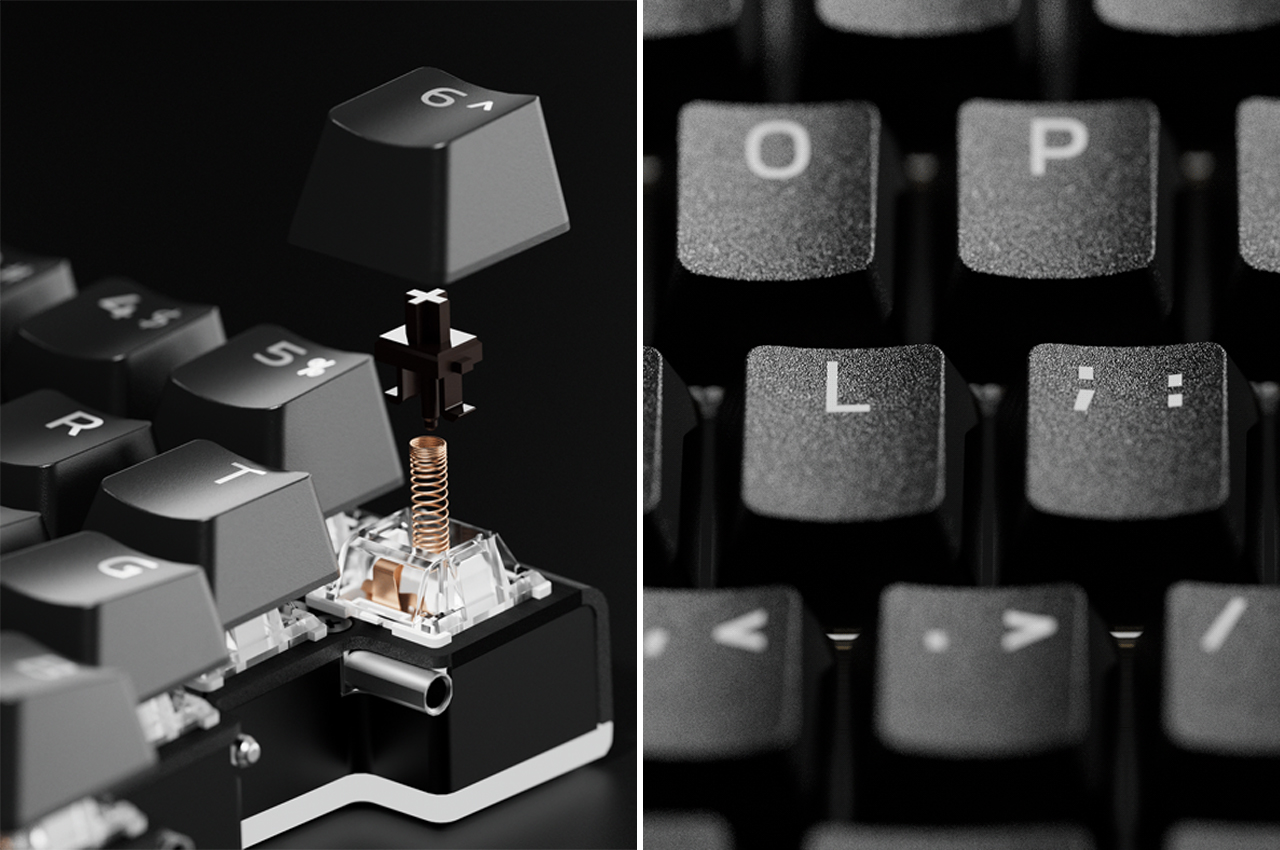

Magnetic tubing keeps the keyboard’s two halves together.
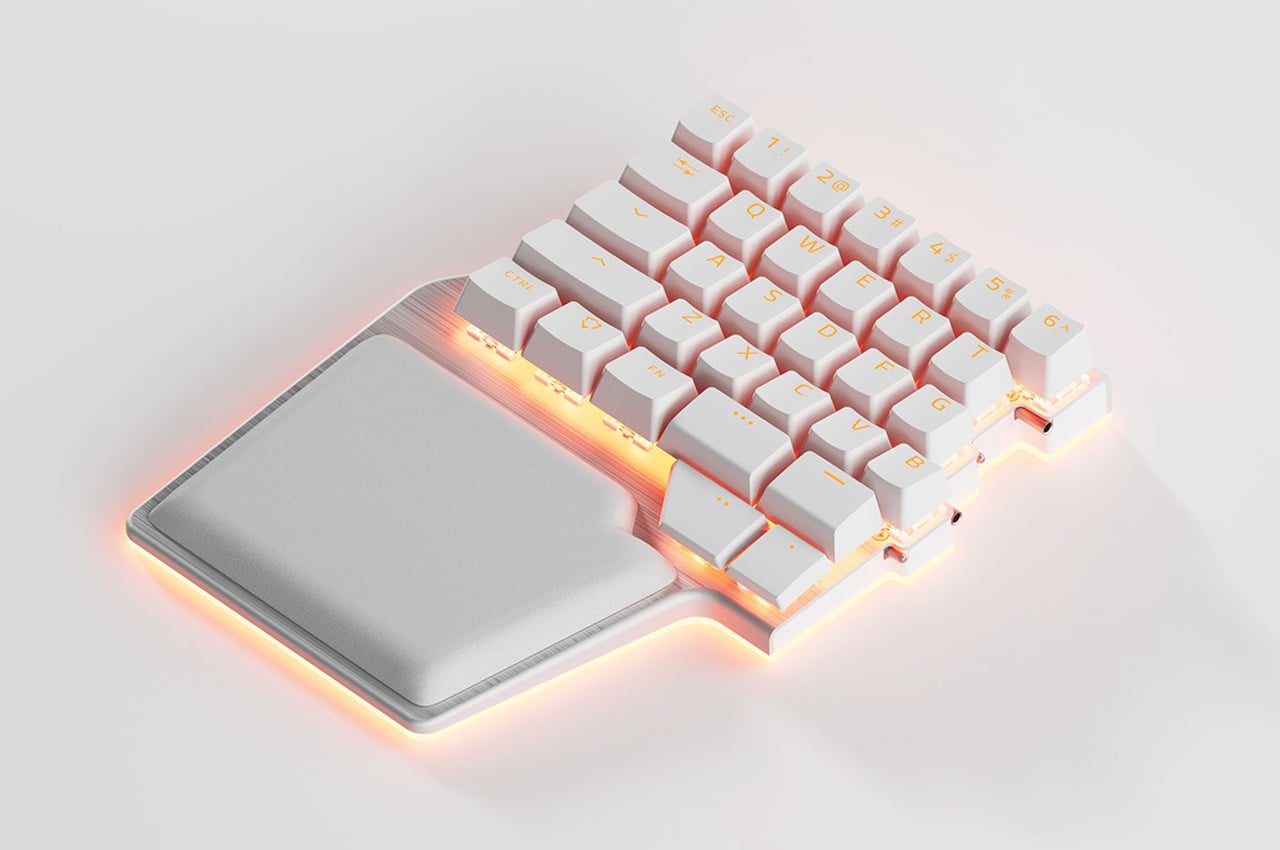
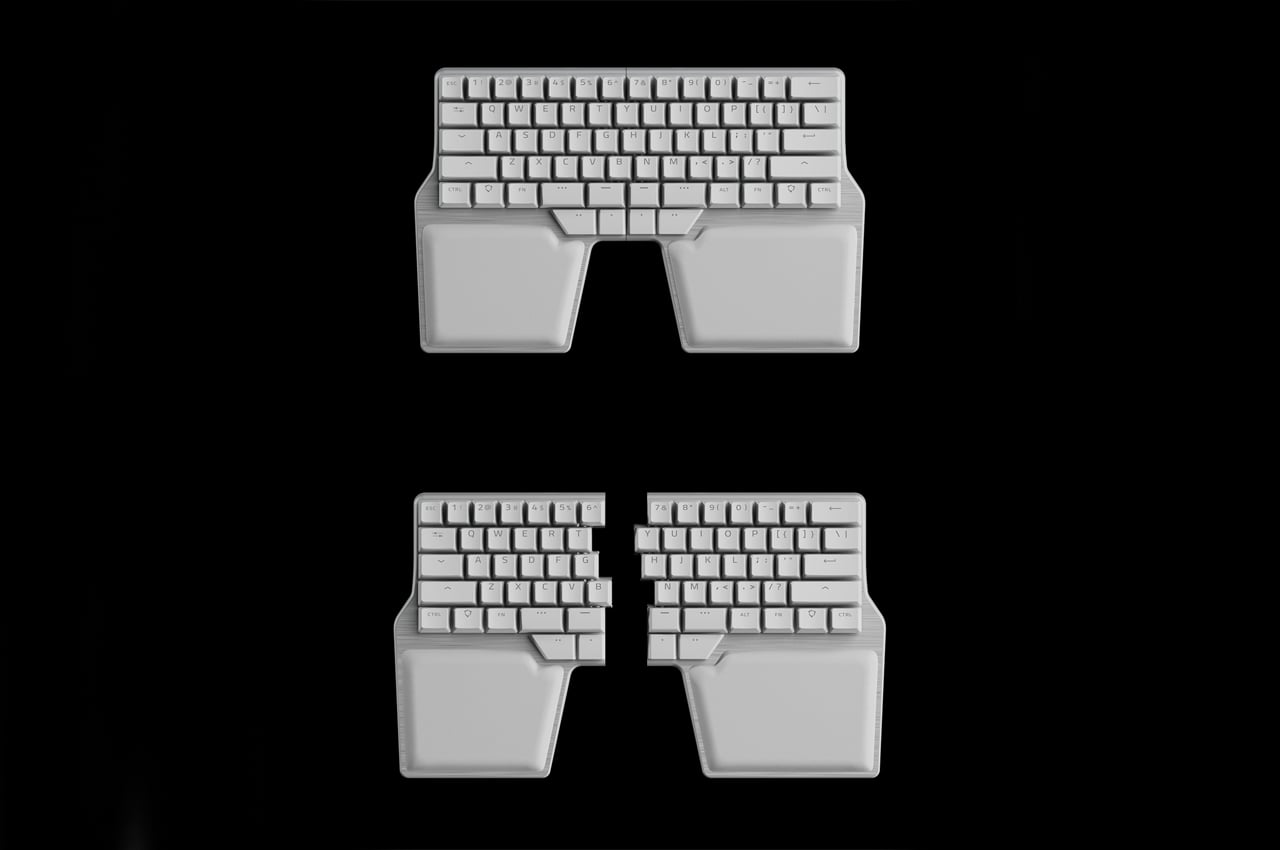
Just like the individual keys, users can halve the keyboard by detaching the magnetic fasteners.
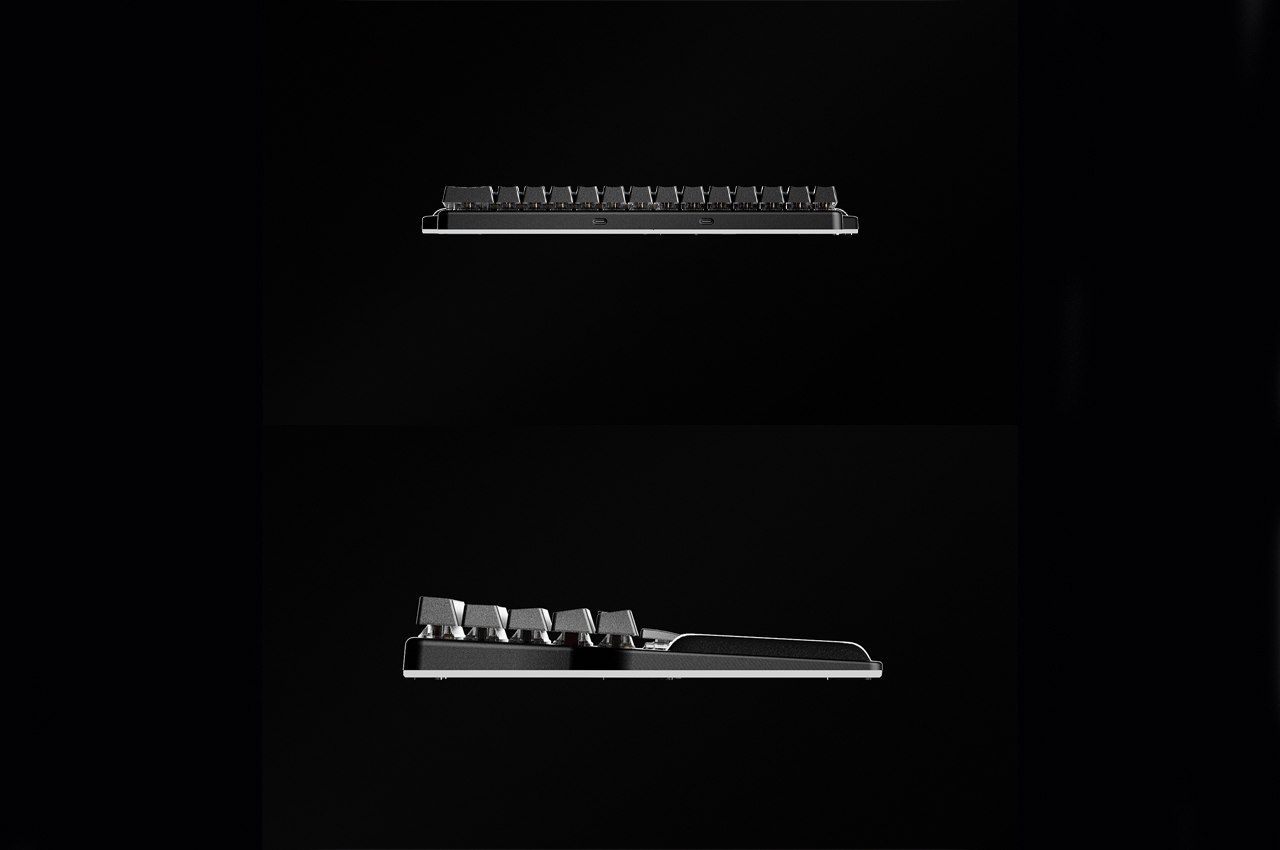
The Dygma Rais Keyboard keeps a slim body to maintain a familiar look and size.
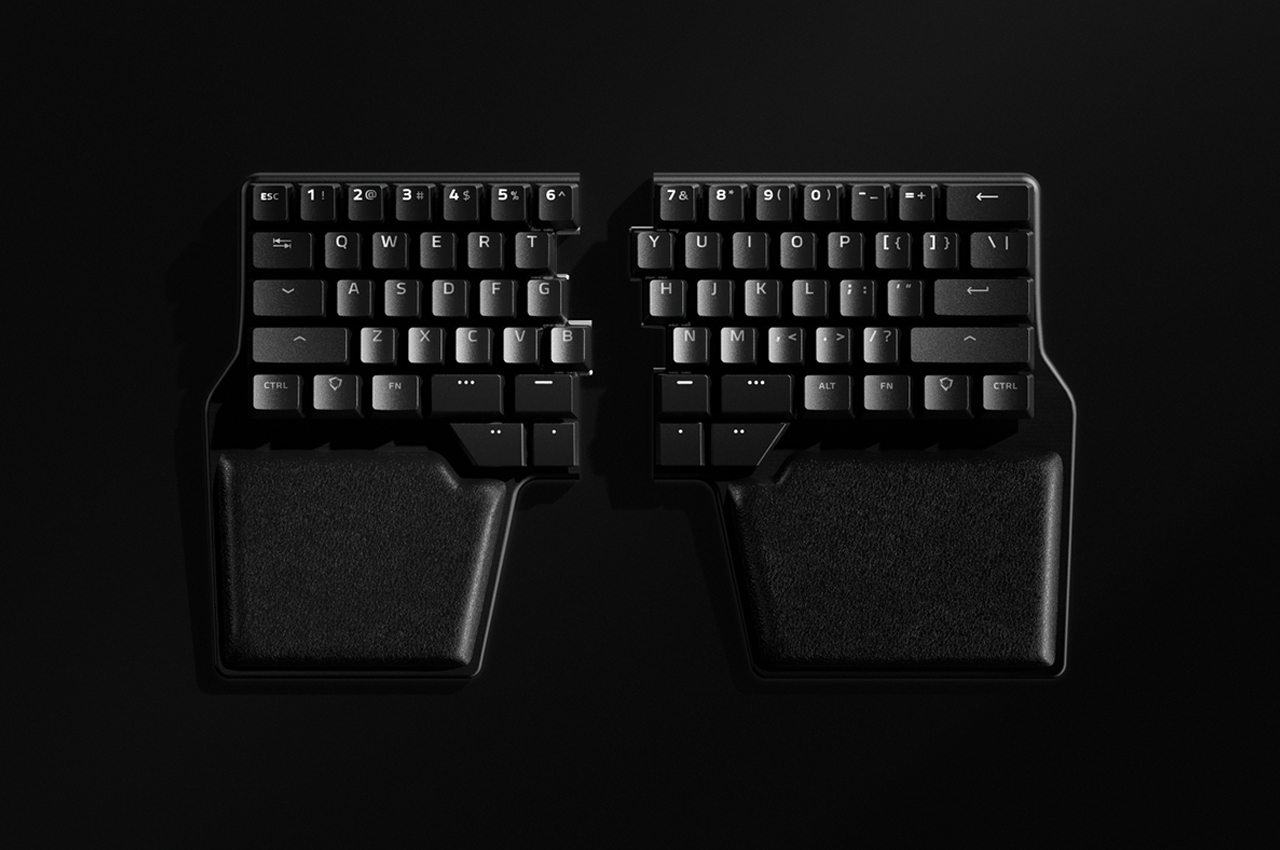
The Dygma Raise Keyboard comes in black or white with hidden neon spotlights.
The post This ergonomic keyboard allows users to customize each key’s placement to improve workflow first appeared on Yanko Design.






